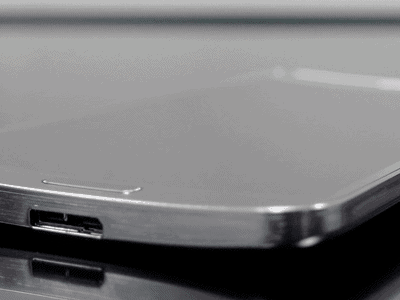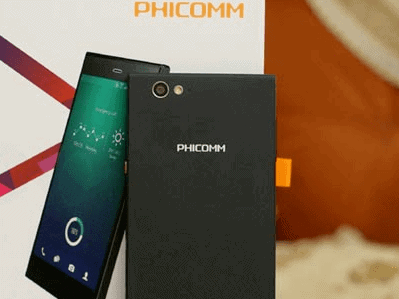Almost a year ago Nokia launched its Lumia range of smartphones based on the Windows Mobile OS, alongside the Asha series. The market scenario at the time was different – Nokia was still the global market leader, despite its declining smartphones share and was banking on the Microsoft Windows Mobile OS for its new range of Lumia smartphones to reverse the declining trend in smartphones and stop, or at least slow down, the ever increasing dominance of Android and Apple iOS. But then things didn’t go as expected. Nokia continued to lose its global market share and eventually lost it mobile handsets market dominance of 14 years to Samsung in April 2012. There were two trends in the Nokia Quarterly results starting from 1Q 2012 – volume shipments of smart devices mainly dependent on the Lumia range continued to decline, whereas the shipments of featurephones led by Asha range of handsets started to show an increase.
Quarterly Performance of Nokia Devices Business
| 3Q 2011 | 4Q 2011 | 1Q 2012 | 2Q 2012 | 3Q 2012 | |
| Smart devices | 16.8 | 19.6 | 11.9 | 10.2 | 6.3 |
| Mobile Phones | 89.8 | 93.9 | 70.8 | 73.5 | 76.6 |
Source: Nokia Quarterly Results,October 18, 2012
Nokia Lumia initially positioned as ‘more than a smartphone’ has received a lukewarm response from customers, when compared with the high decibel launch of Samsung’s Galaxy SIII and Galaxy Note 2, Apple’s iPhone 5,HTC’s One X etc.
On the other hand, Nokia Asha, initially positioned as ‘a cross between a featurephone and smartphone’ is receiving positive customer response globally.
In recent days, we have heard talk about the full-touch Asha series of devices being positioned as ‘smart featurephones’, but before going into the reasons for this rethinking, let us understand how exactly is a smartphone different from a featurephone. Smartphones are devices which run on evolved operating systems (Symbian S60, Windows Mobile, Linux, BlackBerry OS, WebOS, Android, iOS etc.), and have the ability to download and run applications and store user data beyond their required personal information management (PIM) capabilities. Featurephones run on a Real Time Operating System (RTOS) such as Java or BREW, and can download only Java apps without access to Android or iPhone apps.
So technically Nokia Asha doesn’t fit into the definition of a smartphone and responding to my question during a recent Nokia Talks webcast, a Nokia official confirmed the same. However, if we compare feature-to-feature, the capabilities of Asha phones can give smartphones a run for their money. Full touchscreen, cloud-accelerated Nokia browser for providing a fast and affordable internet experience, Nokia’s location based platform, online games, social networking integration and powerful processor etc., they have almost all the features a smartphone should have at an affordable price point ranging between INR 4,000-7,500.
Therefore, it is only natural for Nokia to position the full-touch range of Asha phones as smartphones. One may term it as a marketing tactic, especially in view of Nokia having a tough time in the smartphones market. Since 43% of smartphone sales in India are under the INR 10,000 price point (Source: CMR, 2012), it makes eminent sense for Nokia to push the full touch Asha devices as smartphones. So, while technically the Asha series might not qualify as a smartphone, they are smarter than many devices in the price range and may well be the lifeline that Nokia is looking for, to shore up its fortunes in the long road to recovery.












